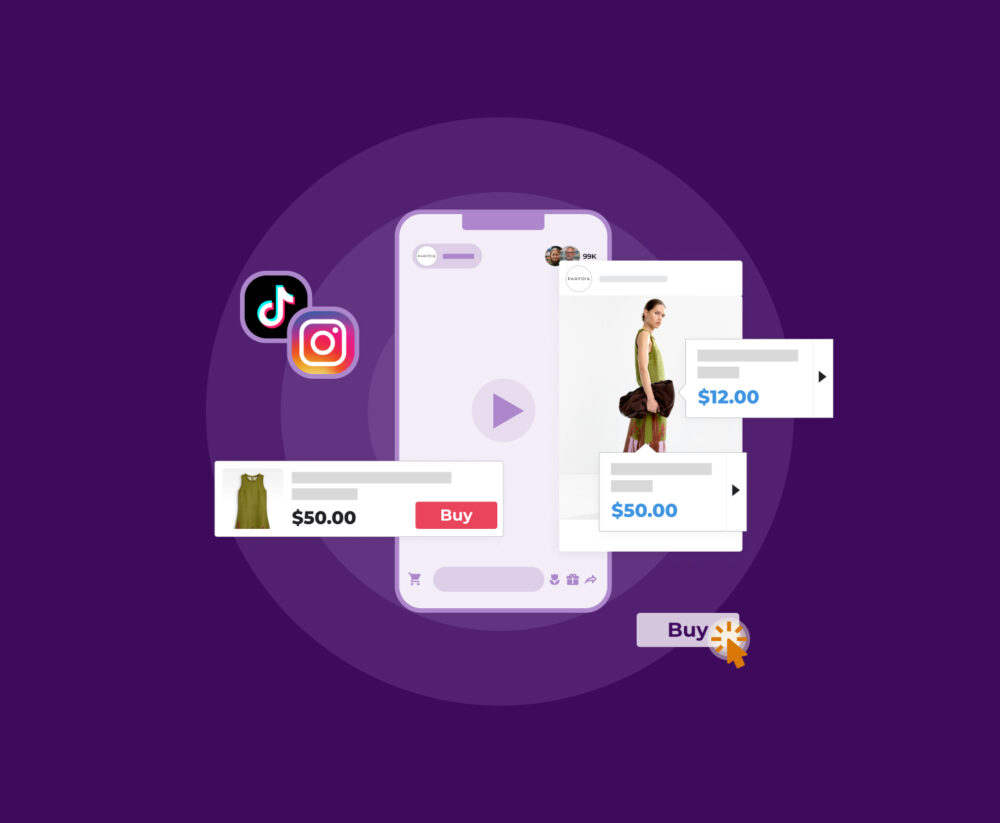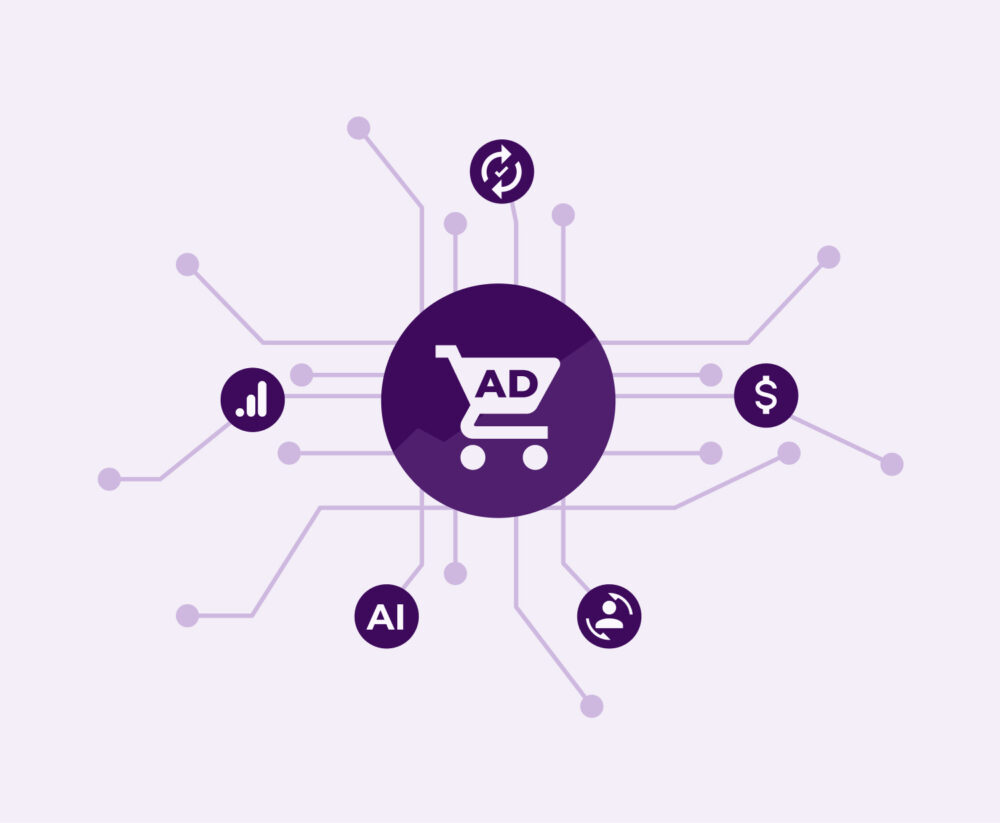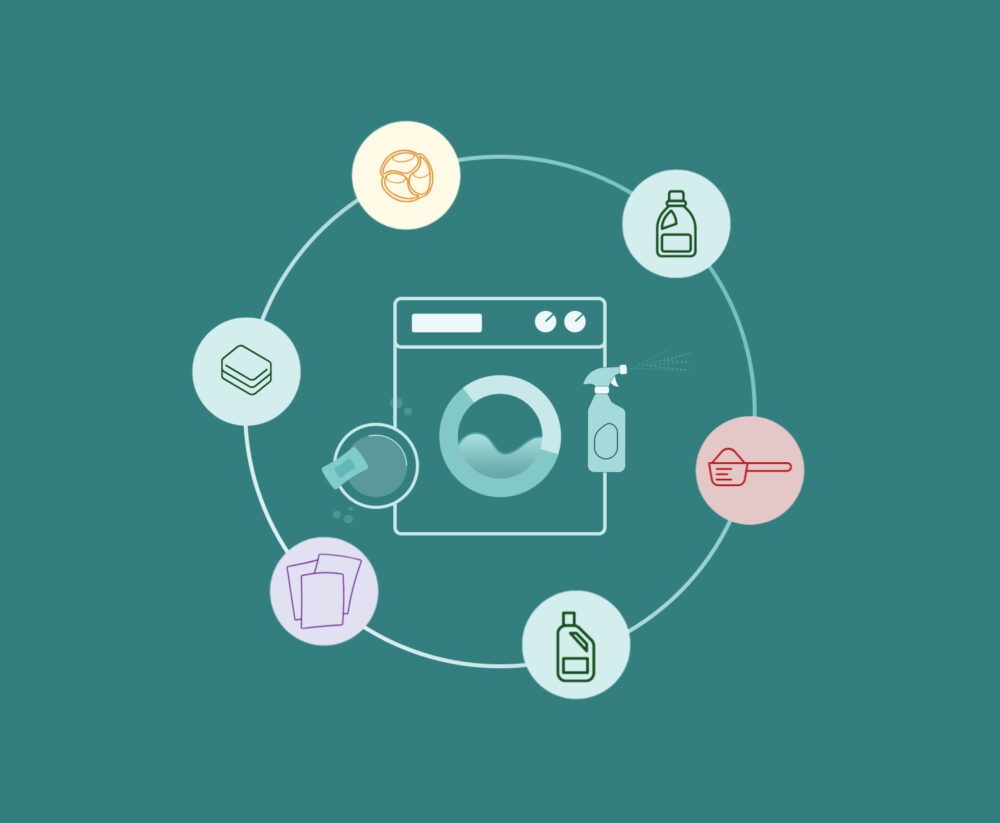Unauthorized sales: the best strategies for preventing them
Globalization has brought unprecedented levels of online sales. Brands have entered the world of e-commerce, leveraging platforms such as Amazon, eBay and their own e-stores to reach a global audience. In 10 years, the percentage weight of retail sales through e-commerce has tripled from 7% to an estimated 21% by 2025.
This explosion of online commerce has also resulted in new business opportunities. Before reaching this point, companies were selling offline and at a fairly local level. But now, retailers can sell online easily and through multiple channels.
There are two ways to sell online:
- Direct to consumer (DTC)
- Indirectly, through authorized distributors that sell the brand’s product to the end consumer.
In addition, the e-commerce environment, as we have already mentioned, has multiple sales channels:
- Websites, which may be owned by the brand or by third parties that sell various products from different sectors (such as a retailer).
- Marketplaces, online markets that are the place where 35% of online purchases are currently made.
- Social commerce, which refers to the act of conducting a transaction entirely through a social network (such as Instagram or TikTok).
- M-commerce, sales through mobile applications, predominantly in Asian markets.
However, this expansion has also brought with it a significant challenge: the proliferation of unauthorized sales, especially through the gray market.
What is the gray market and how is it generated?
The term “gray market” is used when referring to the sale of products through distribution channels not authorized by the original manufacturer. It is important to distinguish it from the black market, which involves the illegal sale of products. In the gray market, authentic and therefore high quality products are sold. And they are sold legally, but not through official channels, but by third parties who do not have the brand’s permission to market them.
The gray market is not a phenomenon exclusive to online sales. However, due to the characteristics of offshoring and globalization that we mentioned at the beginning of this post, it has become widespread in this sector, escaping the control of the brands.
For many manufacturers and distributors it represents a real headache. Although legal, its nature can negatively affect the supply chain and alter the price dynamics of a product in the market.
This market is built through different practices:
- Unauthorized online sales: The ease of selling products online has contributed significantly to the growth of the gray market. Sellers may use e-commerce platforms such as Amazon, eBay or their own websites to sell products without the brand’s authorization. This makes it difficult its tracking and control.
- Unauthorized distributors: Unauthorized distributors may enter the market when demand exceeds the capacity of authorized distributors or when companies do not exercise strict control over their distribution network. Unauthorized distributors may sell the products at lower prices, competing directly with legitimate distributors and creating a price conflict.
- Parallel import: This is one of the main drivers of the gray market. Occurs when products are legally acquired in one country at a lower price and then sold in another country without the authorization of the local manufacturer or distributor.
- Liquidation or sale of excess stock: Sometimes retailers, distributors or manufacturers may have surplus inventory or leftover products that are no longer marketed that they wish to liquidate quickly. Instead of selling these products through the usual channels, they may choose to sell them to unauthorized third parties at reduced prices, which can generate the gray market.
How can the gray market affect your brand?
The presence of the gray market can have devastating effects on brands. Unauthorized sellers can affect your brand in 3 very specific ways:
Price wars
Unauthorized sellers often sell your product at greatly reduced prices, below the recommended retail price (RRP). This will force authorized sellers to reduce their prices as well. And that’s how a price war starts.
Setting prices too low will result in lower margins and profit for your brand’s resellers. In many cases, buyers evaluate a brand based on its perceived value, which determines how much they are willing to pay for a product. If prices are set extremely low, the perceived value of a product will also be reduced, creating confusion among potential buyers, who will consider the product to be of low quality when perceiving a low price.
In addition, your product losing value will also damage the relationship with authorized sellers.
Damages to your brand image
Another trick used by unauthorized sellers is to deliberately add incorrect data to the product pages that implies that the item has features that it does not have.
In this way, they try to attract potential customers, taking them away from sellers who are honest with product specifications. In most cases, the vendors who lose out are those who are authorized by the brand.
If shoppers opt to buy a product from an unauthorized seller,whose product information is misleading and may offer poor customer service, they will not get the customer experience you want them to have when buying your brand. This will ultimately affect your brand image and reputation.
Buy Box losses and disappearance in search results
Finally, unauthorized sellers can create multiple fake ads on marketplaces, for example, by using different Amazon ASINs (Amazon Standard Identification Numbers) for the same product. By doing so, they seek to increase the chances of being placed in the first search result on marketplaces.
Another way in which they may be able to snatch the Buy Box from you is by offering lower prices.
Losing the Buy Box or not appearing in the search results will mean that both the brand and the authorized sellers will lose a significant amount of money.
To fight this phenomenon, brands need to activate effective strategies to prevent unauthorized sales. One of the key strategies is the implementation of an online monitoring program that tracks and identifies unauthorized sales activities on various e-commerce platforms.
What are the most effective strategies to prevent unauthorized sales?
Online monitoring
This approach involves the use of a marketplaces and sellers monitoring tool. With this tool, you will track and analyze the presence of the brand’s products on different e-commerce platforms. In addition, it will help you identify unauthorized sellers and detect possible infractions of the brand’s pricing policy. It will also be able to inform you of losses in the Buy Box, with which you will discover if an unauthorized seller is selling below the recommended price.
Implementing distribution policies
Brands must establish clear and specific distribution policies that regulate how and where their products can be sold. This may include designating authorized distributors and imposing restrictions on sales on certain online platforms. With a tool that monitors the prices at which products are being sold, the brand will be able to check whether its distribution agreements are being complied with or whether it is incurring price infringements.
Quality and compliance verification
As mentioned above, it is possible for unauthorized sellers to lie about the specifications of your product. Using a tool that monitors product pages and brand compliance you can identify content that goes against your brand policy. Compare the content you have set as appropriate with the content published on retailers’ sites to check that they are complying with your requirements.
Collaboration with e-commerce platforms
Working closely with e-commerce platforms such as Amazon and eBay can be critical in combating unauthorized sales. Brands can establish brand protection programs and collaborate with these platforms. As a result, unauthorized product listings will be removed and action will be taken against offending vendors. One of the fraud protection systems is Amazon Project Zero, which we explained in one of our previous articles.
Education and awareness raising
Finally, it is important to educate consumers about the risks associated with purchasing unauthorized products. Brands can launch awareness campaigns to inform customers about how to identify authentic products and the dangers of buying products from unauthorized sources.
Preventing unauthorized sales to protect the brand
In the fast-growing world of e-commerce, preventing unauthorized sales has become a priority for brands looking to protect their reputation and revenue.
By implementing effective strategies and using a full suite of market analytics such as flipflow, which enables real-time monitoring of all sellers and marketplaces, monitoring of prices and distributors, and analysis of the level of compliance with brand image guidelines, firms can significantly reduce the impact of unauthorized sales and protect their integrity and position in the marketplace.
These measures will not only protect the brand’s reputation, but also ensure profit-generating revenues. In addition, products will reach consumers in a legitimate and authentic manner, thus preserving consumer trust in an ever-changing digital environment.



